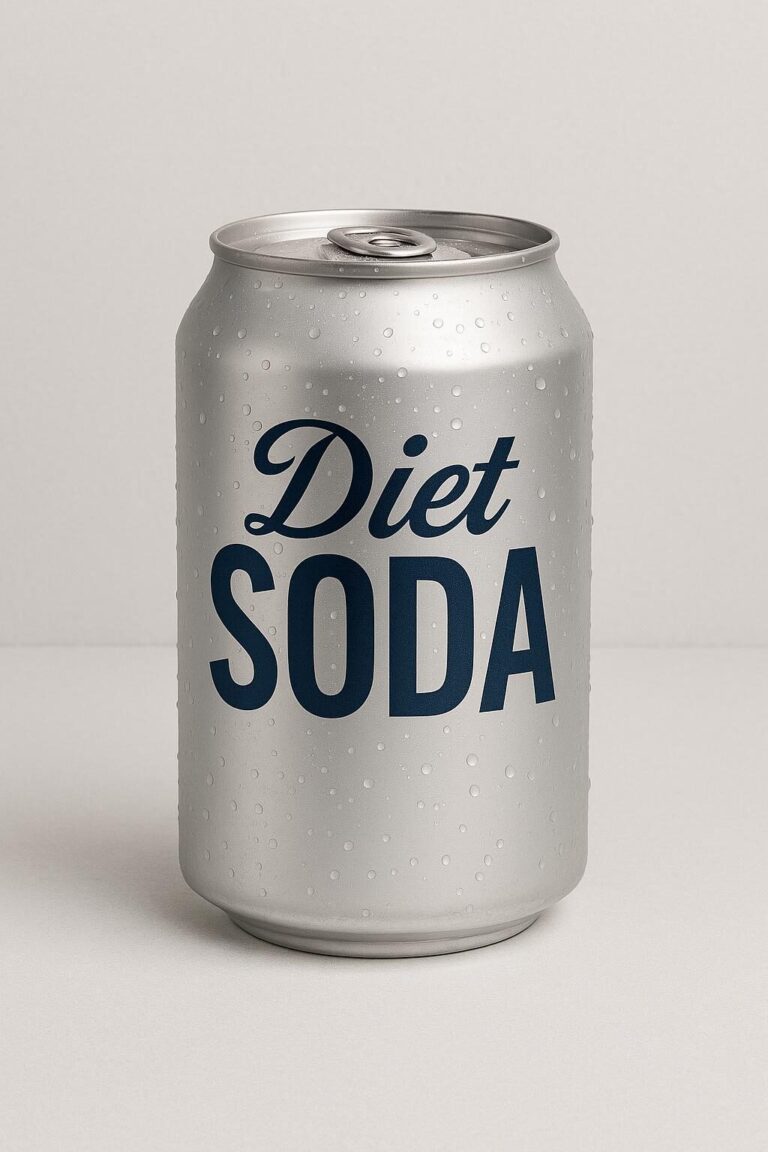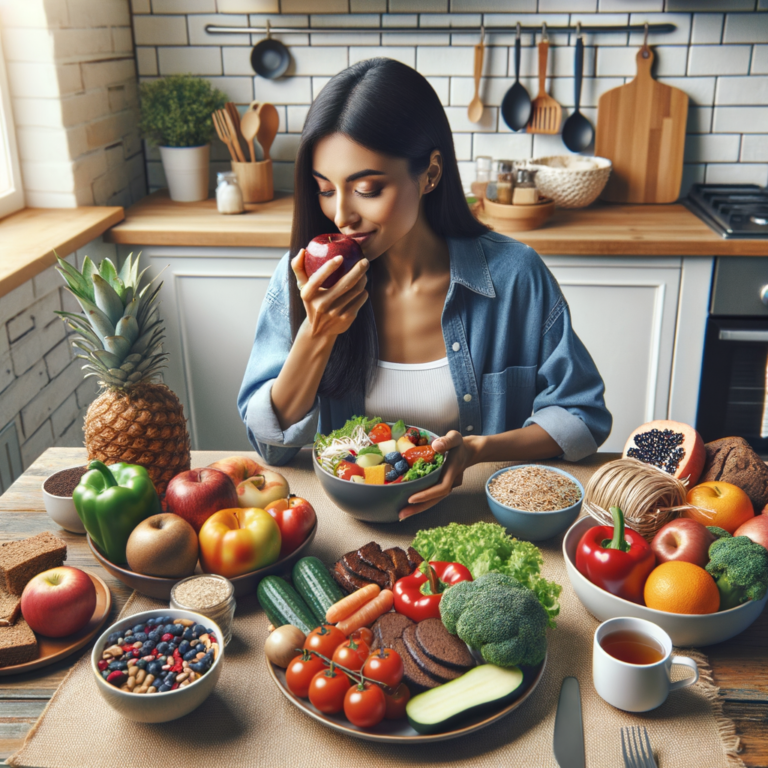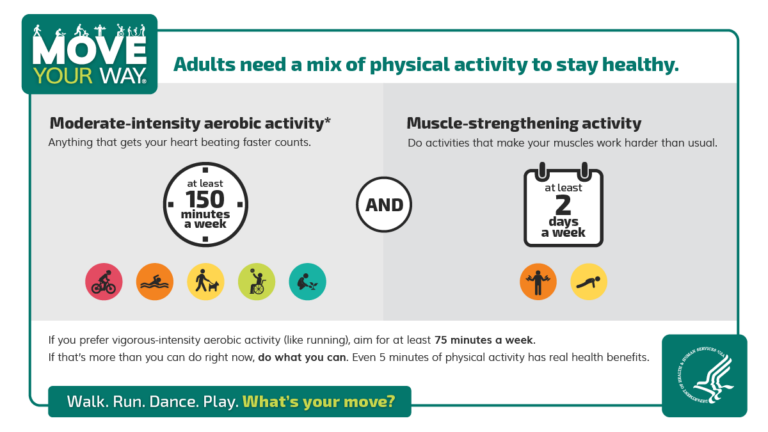
Does the Order We Eat Our Food Matter? New Insights from the Obesity Medicine Conference
I recently had the opportunity to attend and speak at the Obesity Medicine Association’s annual conference. It was inspiring to be surrounded by so many respected colleagues and experts in the field. While there was a lot of exciting new science shared, one comment stood out to me—and I think it’s something that could make a big difference for many people.
Dr. Louis Aronne, a leader in obesity medicine and the director of the Weill Cornell Weight Management Program in New York, shared some interesting findings from a study his team is working on. The topic? Macronutrient order—that is, the order in which we eat different types of food: vegetables, protein, and carbohydrates.
The Surprise Finding
According to Dr. Aronne’s early results, the order we eat our food can affect how much weight we lose—even if the calories stay the same.
His advice?
Start with vegetables, then eat protein, and save carbs for last.
People who followed this order lost more weight than those who ate carbs first. That might sound surprising. For years, we’ve been told that weight loss is just about “calories in versus calories out.” But as many of us in the medical community have suspected, our bodies are more complex than that.
Why It Works
When we eat, our bodies release different hormones that affect hunger, fullness, and how we store energy. For example:
- GLP-1 and GIP are hormones that help us feel full.
- Insulin is a hormone that helps store energy—especially as fat.
When you eat vegetables first, your body releases more of the hormones that make you feel full. But when you eat carbs first, your insulin level spikes, which tells your body to store energy (often as fat). That’s why the order of eating might make a difference—even if the total calories are the same.
Real-Life Example
Think about eating at a restaurant. What usually comes to the table first? Bread or chips. And maybe a drink. Why? Because studies have shown that eating carbs and drinking alcohol before your meal makes you more likely to order and eat more food. It’s good for business—but not so good for your waistline.
What You Can Do
You don’t have to wait for the final study results to try this for yourself. It’s simple and safe:
- Start your meals with non-starchy vegetables (like a salad or steamed broccoli).
- Follow with protein (like chicken, fish, tofu, or eggs).
- Finish with your carbohydrates (like rice, pasta, or bread—if you’re still hungry).
This small change might help you feel full sooner, eat less overall, and improve your weight loss results.
Final Thoughts
Dr. Aronne only briefly mentioned this during one of his case presentations, but I believe he’s really onto something. At Clinical Nutrition Center, we’re always looking for practical, science-based tools to help you feel better and live healthier. Try this simple tip at your next meal—and see how you feel.




